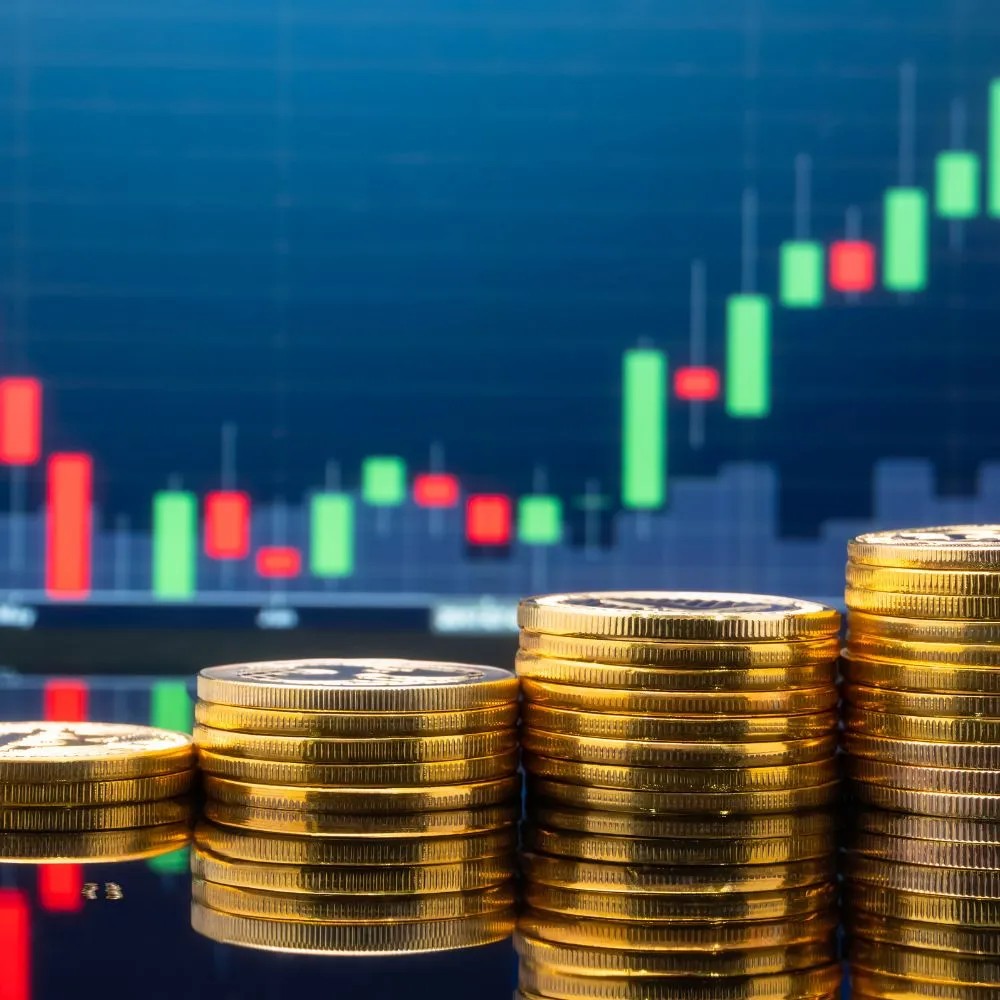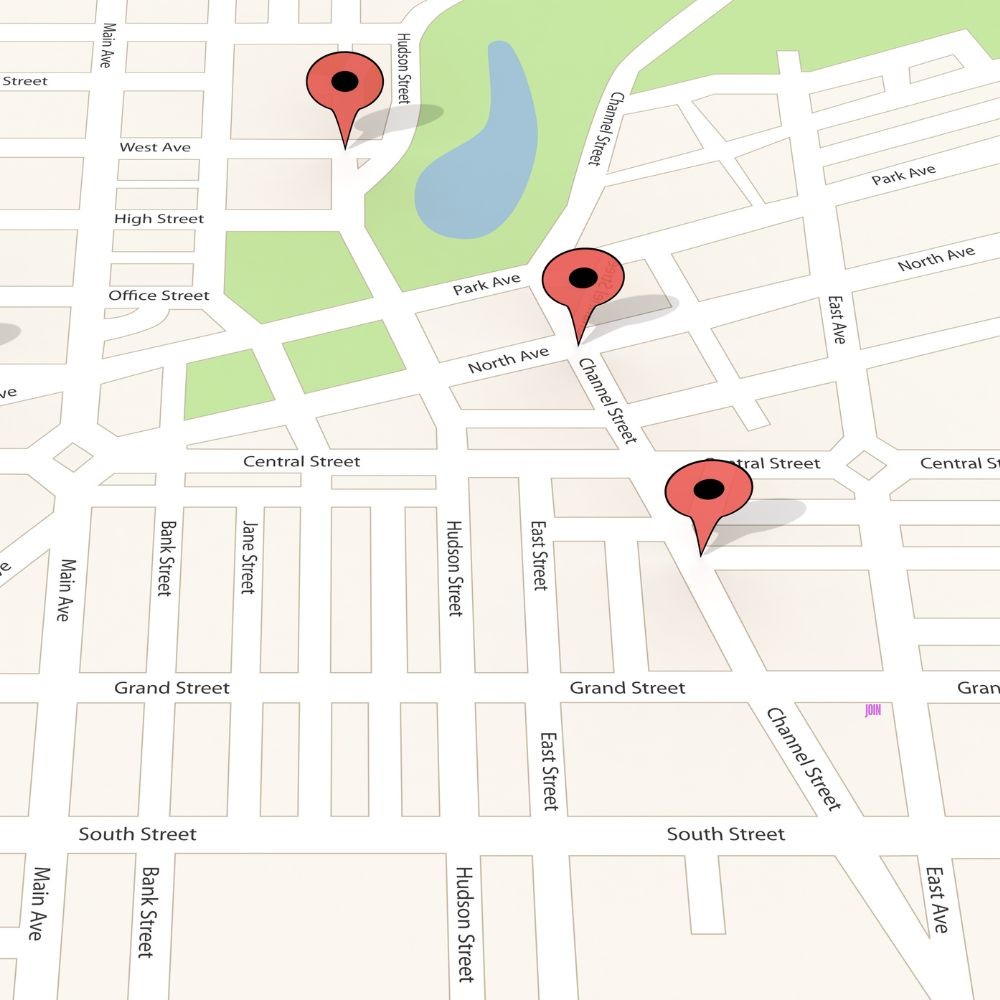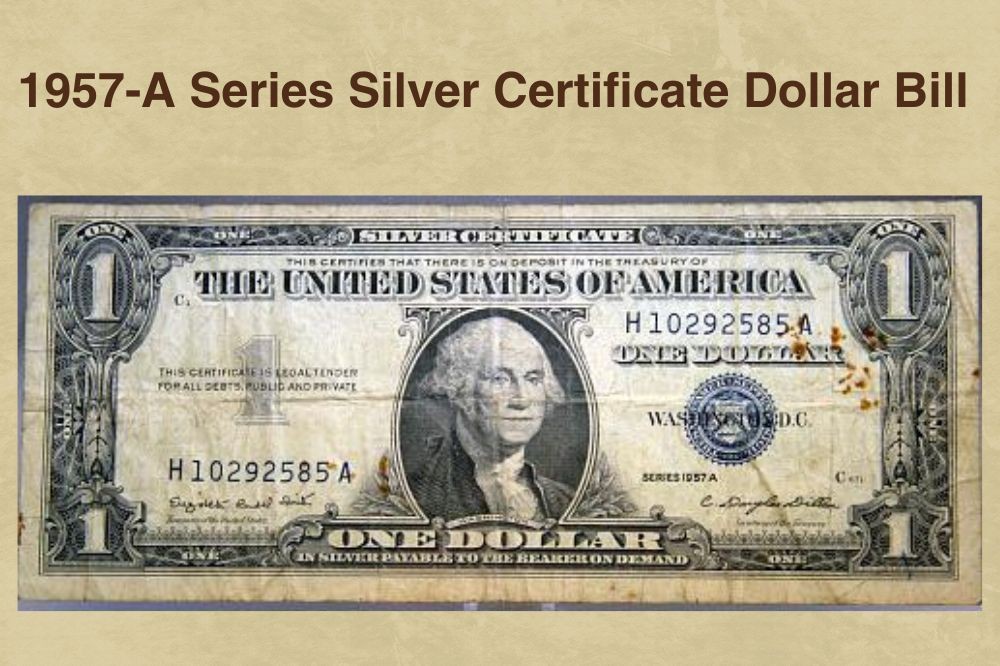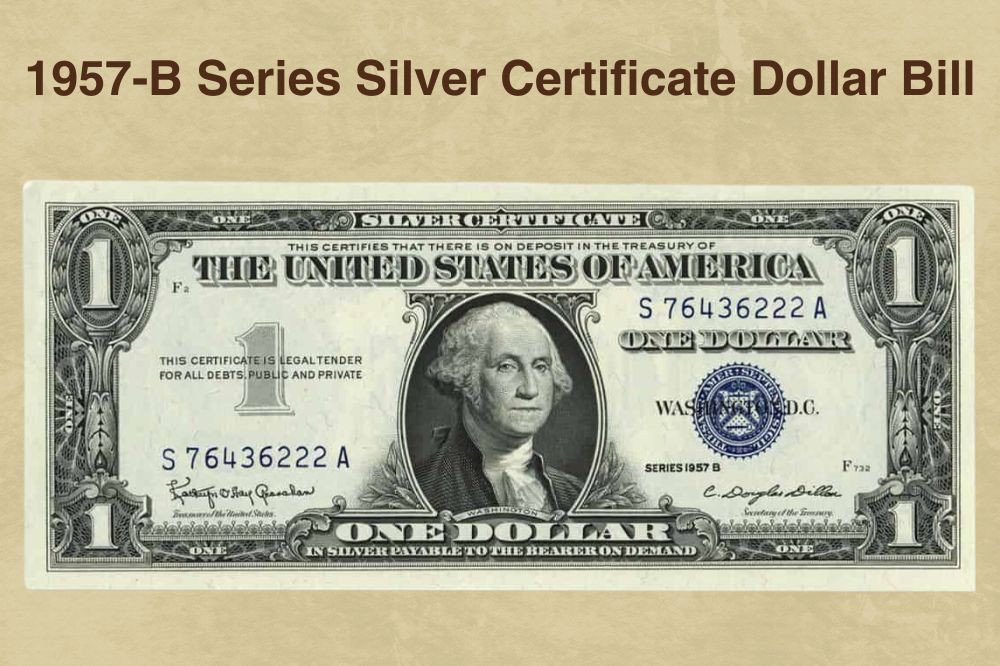Have you stumbled upon a $1 1957 silver certificate? Finding such a vintage piece of currency can be exciting, and naturally, you’re probably wondering, “How Much Is A 1957 Silver Certificate Dollar Worth?” This guide dives deep into the factors that determine its value, helping you understand its worth to collectors and enthusiasts.
While these bills aren’t incredibly rare – the Federal Bureau of Engraving and Printing produced around 5 billion of them – they still hold historical significance and collector appeal. Let’s explore the history, features, and ultimately, the potential value of your 1957 silver certificate dollar bill.
1957 Silver Certificate Dollar Bill Value Chart
The value of a 1957 silver certificate depends primarily on its series and condition. Here’s a quick reference chart:
| Series Type | Good | Fine | Extremely Fine | Uncirculated |
|---|---|---|---|---|
| 1957 Series | Less than $3 | Less than $5 | Up to $10 | $20 |
| 1957-A Series | Less than $3 | Less than $5 | Up to $10 | $20 |
| 1957-A Star Note | Less than $5 | Less than $8 | $12-$15 | $24 |
| 1957-B Series | Less than $3 | Less than $5 | Up to $10 | $18 |
| 1957-B Star Note | Less than $5 | Less than $8 | $12-$18 | $24 |




A Brief History of the 1957 Silver Certificate
The history of the 1957 silver certificate is tied to the Bland-Allison Act of 1878 and the Coinage Act, which authorized the U.S. government to issue silver certificates. These certificates could be redeemed for silver coins or bullion. In 1957 alone, approximately 5 billion silver certificate dollar bills were printed. Back then, you could walk into a bank with your 1957 $1 silver certificate and exchange it for a silver dollar, like a Peace or Morgan dollar.
The beginning of the 1960s saw a global silver shortage, causing the price of silver to surge. Silver coins became more valuable for their intrinsic silver content than their face value, leading to widespread hoarding and melting of these coins.
This hoarding triggered a nationwide coin shortage. In response, the government halted the production and issuance of silver certificates in June 1963. While existing certificate holders could still redeem them for silver coins, no new certificates were being created.
In 1968, an Act of Congress ended the exchange of silver certificates for silver coins. However, these certificates could then be exchanged for Federal Reserve Notes, the currency we use today.
Key Features of the 1957 Silver Certificate Dollar Bill
Understanding the features of the 1957 silver certificate can help you identify and appreciate its historical significance.
Obverse (Front) Design
The obverse of the 1957 silver certificate features a portrait of George Washington, a common element on all silver certificates since 1869. You’ll also find the serial number and two signatures. A prominent blue seal is located on the right, and the number “1” appears in all four corners.
The inscription “UNITED STATES OF AMERICA” is printed above Washington’s portrait, and “ONE DOLLAR” appears at the bottom, along with the obligation “In silver payable to the bearer on demand.”
Reverse (Back) Design
The reverse of the 1957 silver certificate features the Great Seal of the United States. On the right, you’ll see a bald eagle with a heraldic shield, featuring 13 stripes and 13 stars above the eagle’s head. The eagle holds an olive branch and arrows, symbolizing peace and independence, respectively. A ribbon in its beak bears the words “E PLURIBUS UNUM.”
On the left, there’s an incomplete pyramid topped with the Eye of Providence. The Roman numerals MDCCLXXVI (1776) indicate the year of American independence. The words “IN GOD WE TRUST” and the denomination “ONE” are in the middle, and “ONE DOLLAR” appears along the bottom rim, with “UNITED STATES OF AMERICA” at the top.
Other Identifying Characteristics
- Seal: A blue seal is on the front of the bill, with “Washington DC” printed above it. To the left, instead of the black Federal Reserve bank seal found on modern notes, there’s the number “1” and the inscription, “This certificate is legal tender for all debts public and private.”
- Serial Number: The serial number appears twice on the obverse, once in the upper right and once in the lower left. The serial number consists of a letter, followed by eight numerals, and ending with a letter. Star notes feature a star in place of one of the letters.
- Signatures: The obverse displays two signatures: one from the Secretary of the Treasury and the other from the Treasurer of the United States.
1957 Silver Certificate Dollar Bill Value: A Detailed Look
To accurately answer the question, “how much is a 1957 silver certificate dollar worth?”, let’s examine each series individually:
1957 Series
This series features the signatures of Treasury Secretary Robert Bernard Anderson and Treasurer Ivy Baker Priest. While there’s collector interest in 1957 silver certificates due to the phrase “IN GOD WE TRUST” being added to the reverse, and it being the last year of printing, their value isn’t significantly different from the A and B series.
The value depends on condition, serial number, and the presence of a star. In circulated condition, these bills typically fetch $1 to $5. Uncirculated examples can be worth $10 to $15. Star notes or bills with interesting serial numbers can reach around $20. While still legal tender, these bills can’t be redeemed for silver.
1957-A Series
The 1957-A series is identified by the signatures of Treasury Secretary Clarence Douglas Dillon and Treasurer Elizabeth Rudel Smith. Circulated 1957-A bills usually sell for $10 to $12, while uncirculated notes can bring in about $20-$22. Uncirculated star notes can fetch as much as $24.
1957-B Series
The 1957-B series features the signatures of Treasury Secretary Clarence Douglas Dillon and Treasurer Kathryn Elizabeth Granahan. These bills are worth around $8-$10 in circulated condition and up to $24 in uncirculated condition. Star notes in this series have a similar value to uncirculated 1957-B bills.
Errors on 1957 Silver Certificate Dollar Bills
Despite the high mintage of around 5 billion, significant errors are rare on 1957 silver certificates.
Star notes, denoted by a star in place of a letter in the serial number, are not technically errors but are still desirable to collectors. Serial number errors are highly valuable but exceedingly rare. Other imperfections, such as ink inconsistencies, cuts, or folds, may appear but usually don’t dramatically increase the value.
Special serial number arrangements can slightly increase the value, including:
- All digits being the number 1
- Birth year serial numbers
- Repeater serial numbers (e.g., 34343434)
- Low serial numbers (under 00000100 or 00001000)
- High serial numbers (above 99999900)
FAQ
How much is a 1957 Series B silver dollar worth?
A circulated 1957-B series silver dollar is typically worth its face value or slightly more, usually $3 or less. In mint, uncirculated condition, it might fetch $8-$10. Regular 1957 silver certificates aren’t necessarily more valuable than 1957-A and 1957-B certificates.
How do I know if my 1957 silver certificate dollar bill is rare?
Generally, 1957 silver certificates are not rare due to the high production volume. However, specific examples with repetitive serial numbers or unique serial number arrangements can be considered rare. Star notes are also less common and might be worth slightly more.
What does a 1957 blue seal dollar mean?
A blue seal on a dollar bill indicates that it’s a silver certificate. The blue seal was used to prevent forgery and differentiate these notes from gold, red, and green seal currency.
Conclusion
So, “how much is a 1957 silver certificate dollar worth?” The answer depends on a few key factors, including its series, condition, and any unique features like a star or unusual serial number. While most circulated bills are only worth a few dollars, uncirculated examples and those with special characteristics can be more valuable to collectors. Understanding these elements will help you accurately assess the value of your 1957 silver certificate.
